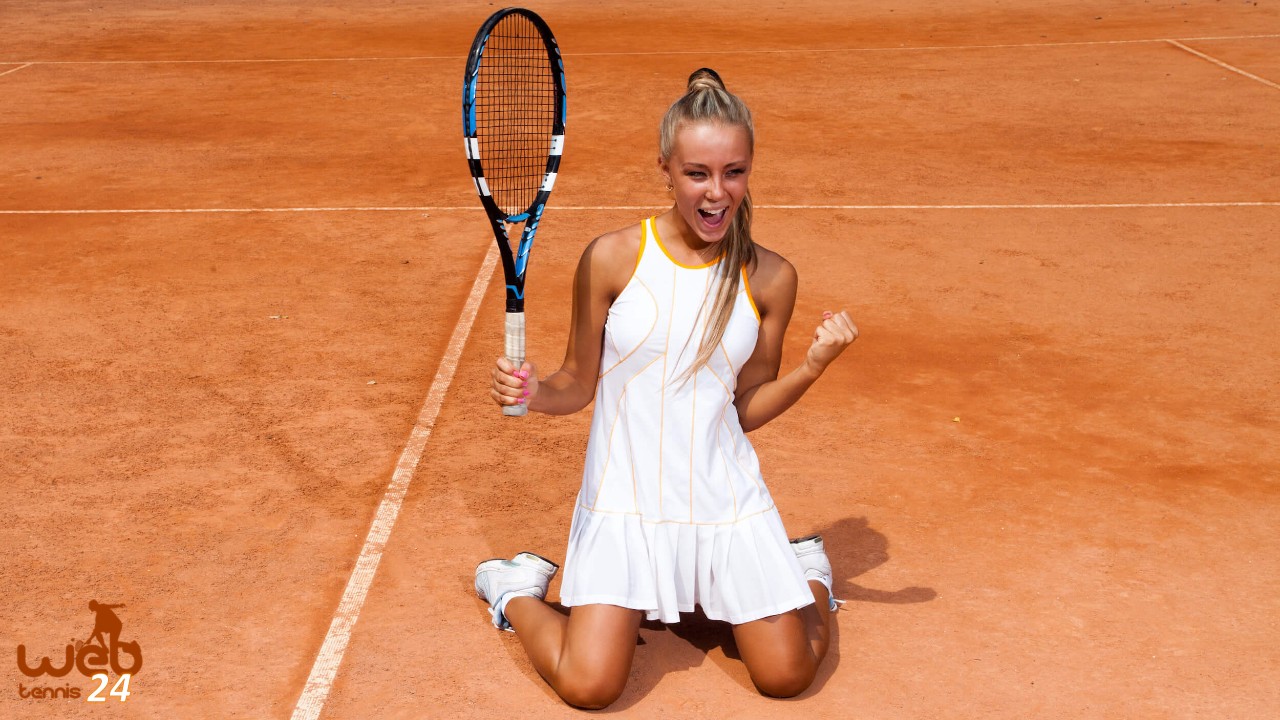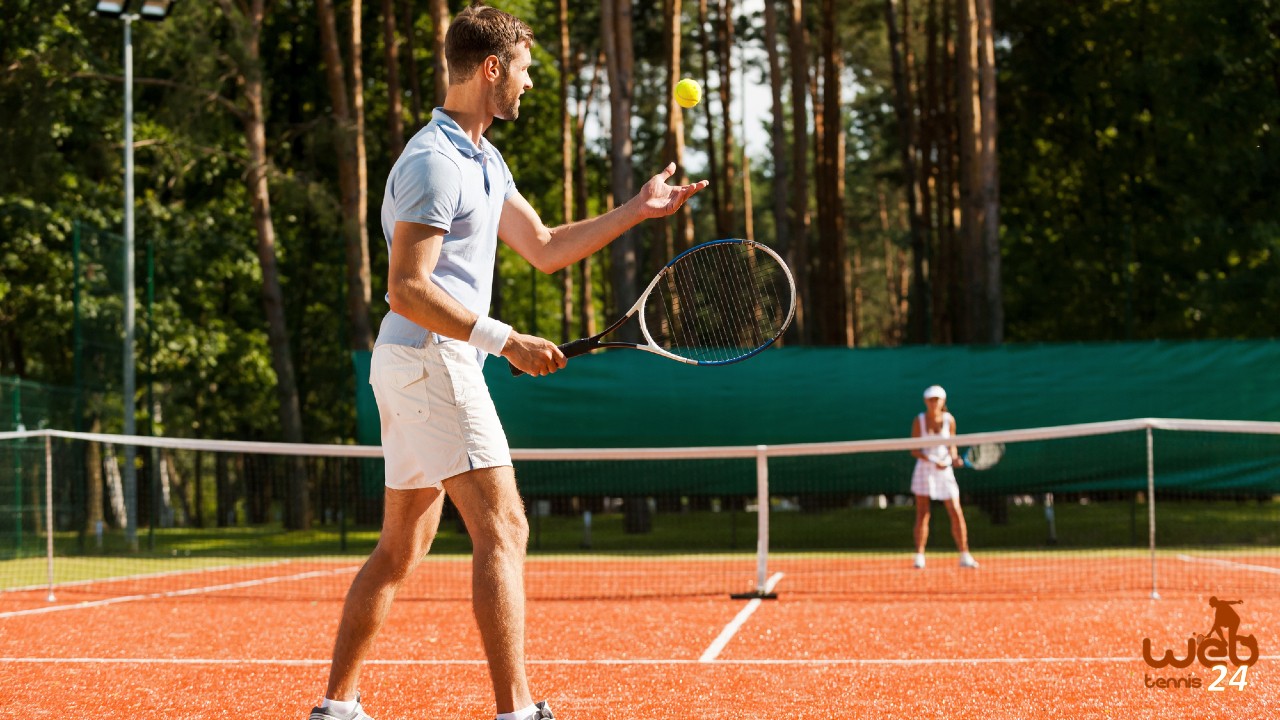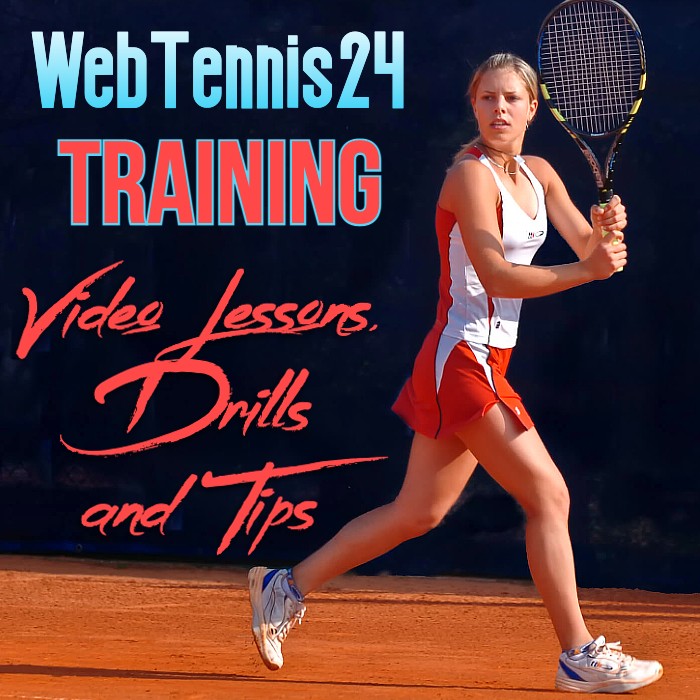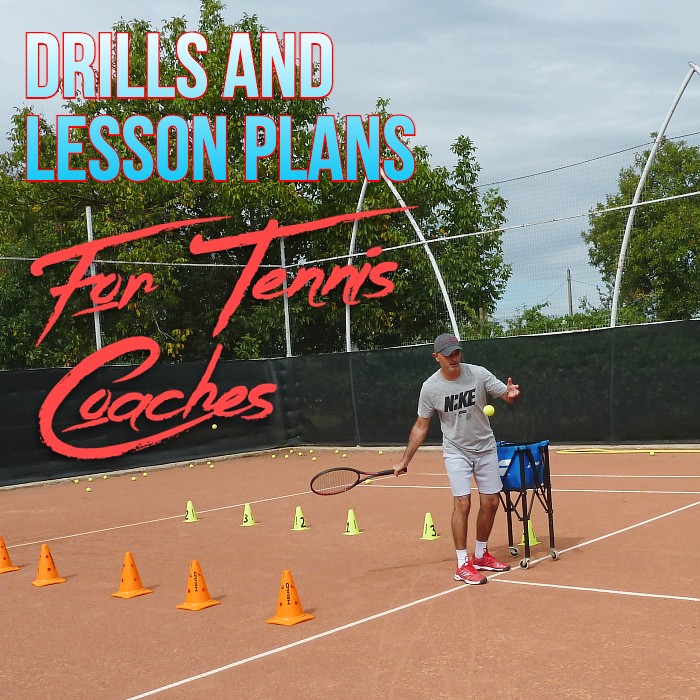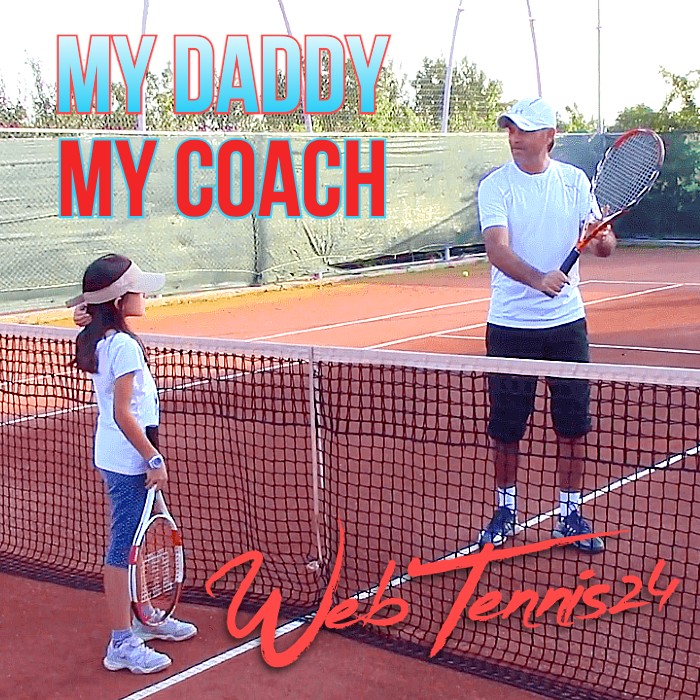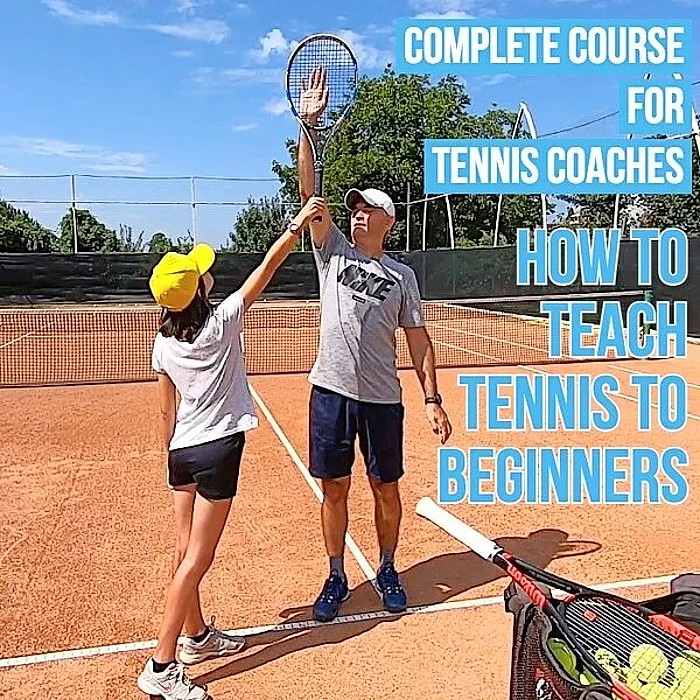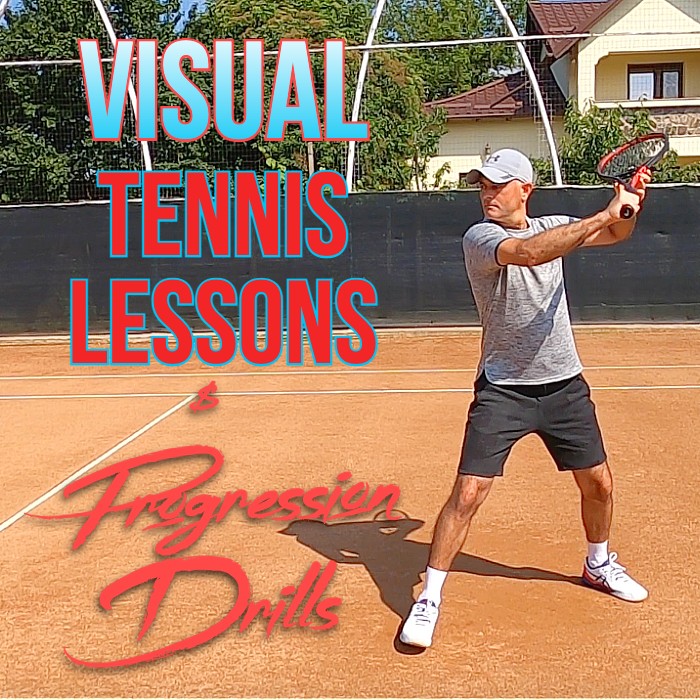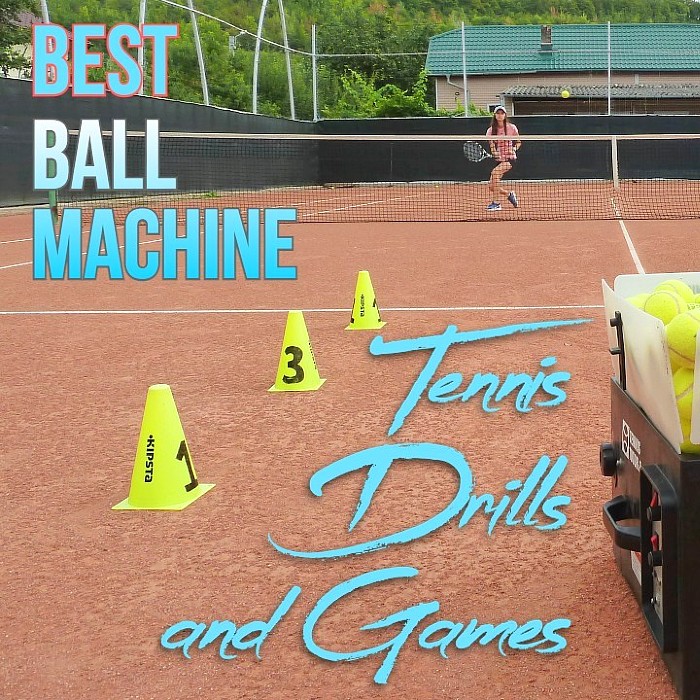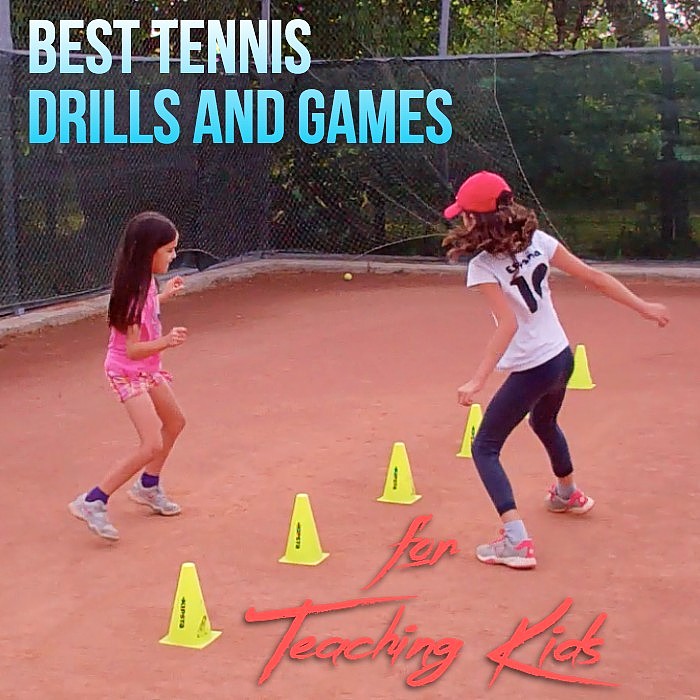Tennis Coaching / How to Engage Students to Practice More Often
We all love playing tennis, but we may not enjoy practicing as much.
Often, coaches find it frustrating to see their players not dedicating enough time to practice the skills they learn.
Playing the game is obviously more fun than the repetition required to hone skills like the forehand down the line, kick serve, or drop shot.
So, what can coaches or tennis parents do to engage players in practicing their skills more often?
It all depends on the players: are they beginners, intermediate, or advanced?
If they are beginners, give them ideas for fun tennis drills and games they can practice alone, with a friend, or with a family member. Let them know that you would like to hear about the games or drills they tried before the next lesson. Show interest and give them tasks to accomplish, such as hitting 50 backhands down the line, serving 100 times, playing two sets with a friend, rallying 200 balls over the net, and so on.
If they are intermediate or advanced players, remind them about the benefits of practicing, such as consistency under pressure, better shot placement, winning more matches, more power, and foot speed. For these players, give them tasks to accomplish before the next lesson, such as hitting 100 serves down the T, hitting 50 drop shots, hitting 200 forehands cross-court, serving 50 kick serves to the ad court, and so on.
On or off the court, when it comes to explaining to your students the benefits of practicing and playing more tennis, some will pay attention and follow your advice, while others may need more reminding. People are all different, so it’s important to test what works and what doesn’t.
The bottom line is that self-motivation is a rare thing among most people. This is where the coach or parent must step in. We all need a little push sometimes.
To learn more about how to create exciting practice drills and lesson plans for tennis, check out the Lesson Plans section at WebTennis24.
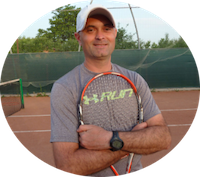
Cosmin Miholca
Certified Tennis Coach
Check out my work at WebTennis24 where I share with you my best video tennis lessons, drills and tips for players, coaches and tennis parents.

